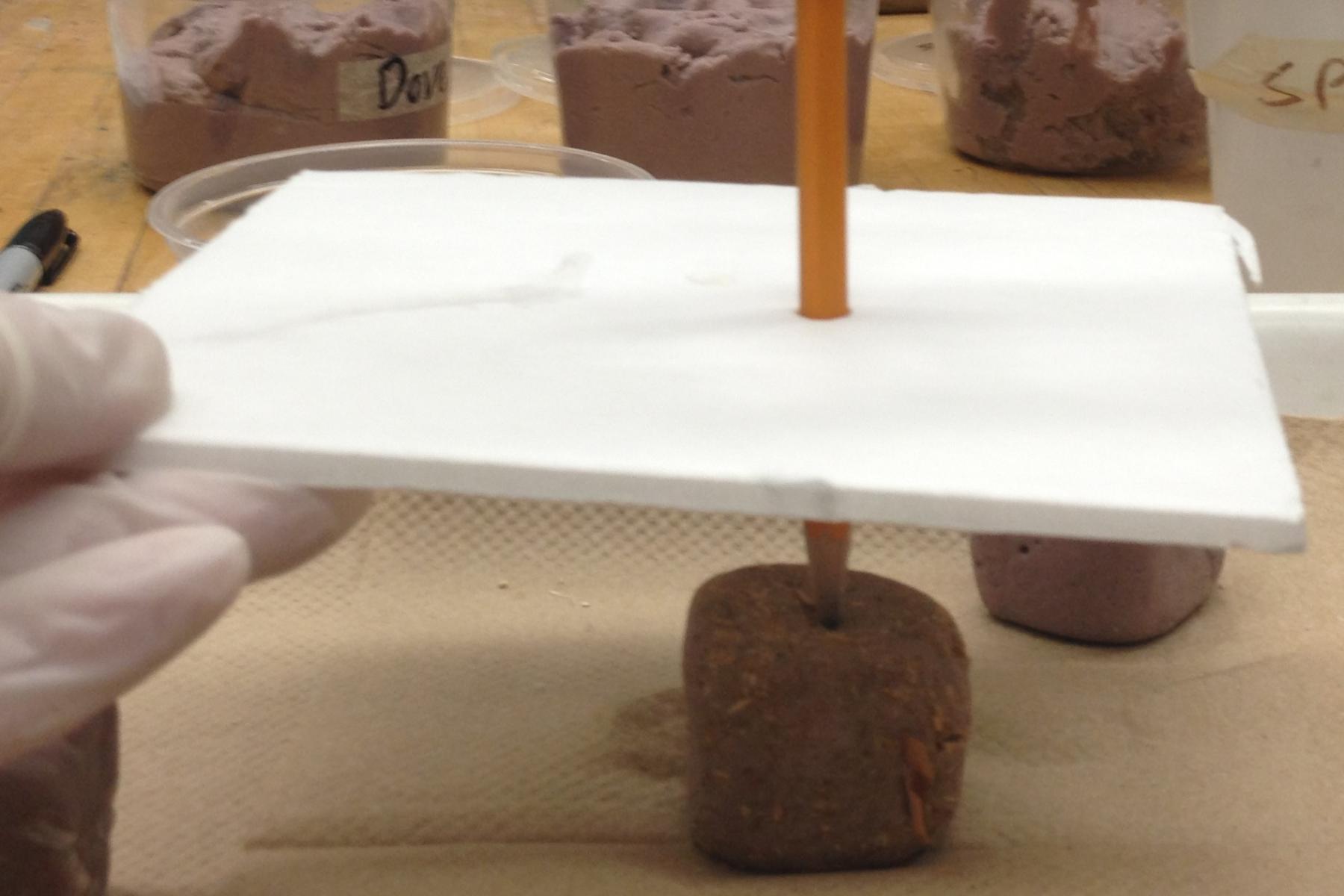DESCRIPTION
In this activity, students learn what composite materials are and why they are used in many industries. Students put these ideas to work as they design and create their own bricks. After the bricks are made, students employ a variety of mechanical tests to evaluate their bricks.
DESCRIPTION
In this activity, students learn what composite materials are and why they are used in many industries. Students put these ideas to work as they design and create their own bricks. After the bricks are made, students employ a variety of mechanical tests to evaluate their bricks.
OBJECTIVES
BIG IDEA
Many natural and engineered (synthetic) objects are made of composite materials. Composite materials combine the advantages of their individual components.
LEARNING GOALS
Learn what composite materials are
Learn why scientists and engineers use composite materials
Learn about the mechanical properties of a variety of simple materials
Learn how to conduct simple mechanical tests
NANO CONTENT MAP
Nanometer-sized things are very small, and often behave differently than larger things do.
Scientists and engineers have formed the interdisciplinary field of nanotechnology by investigating properties and manipulating matter at the nanoscale.
DOWNLOAD FILES
Credits
Lawrence Hall of Science
Developed for the NISE Network with funding from the National Science Foundation under Award Numbers 0532536 and 0940143. Any opinions, findings, and conclusions or recommendations expressed in this product are those of the authors and do not necessarily reflect the views of the Foundation.
Creative Commons Attribution Non-Commercial Share Alike 3.0 United States (CC BY-NC-SA 3.0 US).
View more details

NISE Network products are developed through an iterative collaborative process that includes scientific review, peer review, and visitor evaluation in accordance with an inclusive audiences approach. Products are designed to be easily edited and adapted for different audiences under a Creative Commons Attribution Non-Commercial Share Alike license. To learn more, visit our Development Process page.

